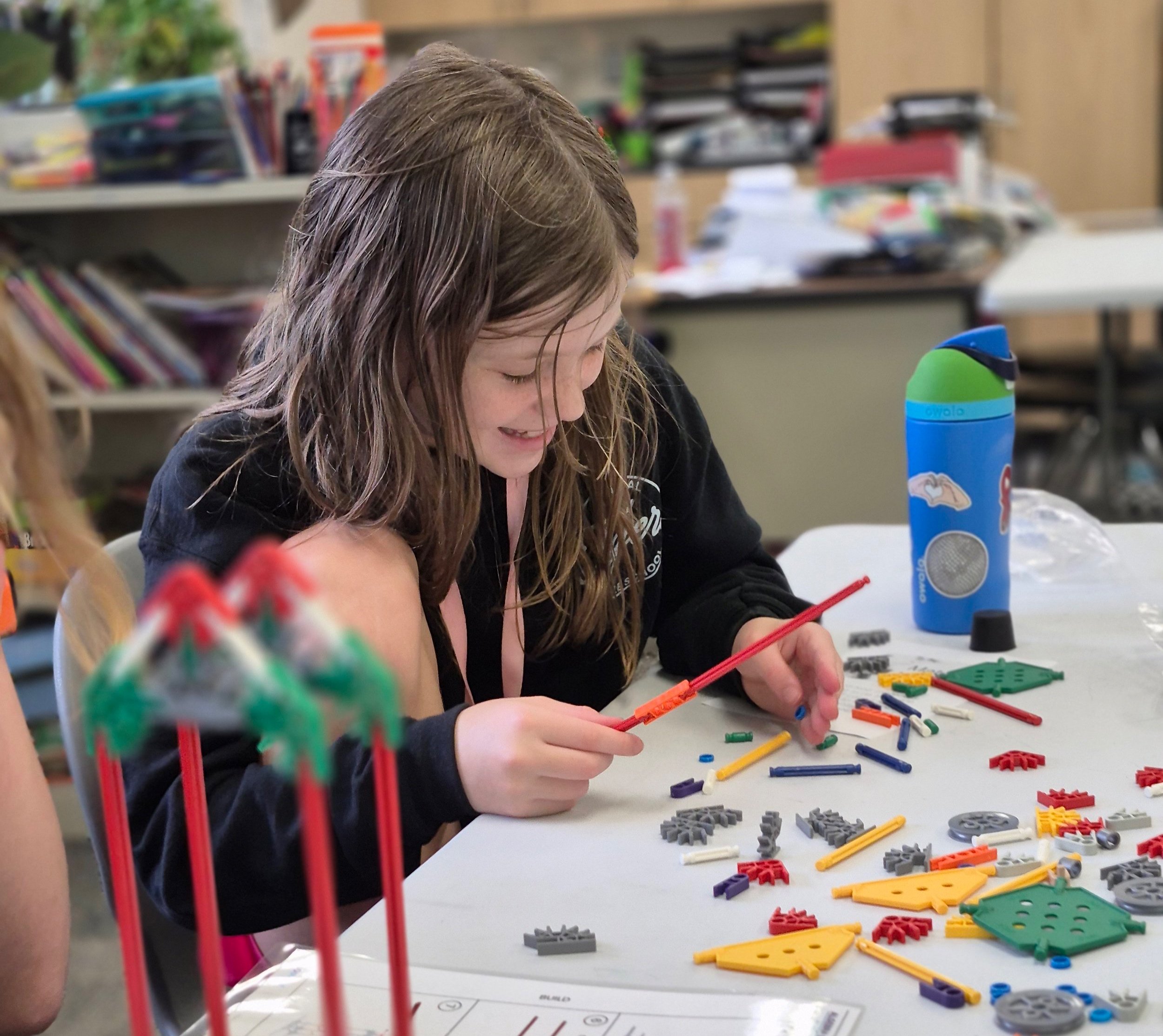Human-Centered Learning in an Age of AI
Hands-on, social math experiences are more urgent than ever
PART 1: MATH LAB
PART 2: STRESSED-OUT KIDS CAN’T LEARN
PART 3: MATH IS A HUMAN SKILL
PART 4: TEACHERS ARE NOT THE PROBLEM
PART 5: WHAT TO DO IN MATH LAB

What to Do in Math Lab
It's one thing to believe in Math Lab. It's another to implement it.
Over the past four parts of this series, we’ve made the case: schools need a new structure for math—one that complements core instruction and skill practice with a third dimension of learning. A space for students to move, build, collaborate, and apply what they’ve learned. A space that brings math to life.
We call this space Math Lab.
But once schools carve out that time—1–2 hours per week—the next question is immediate and urgent: What should students actually do in Math Lab?
Here’s the answer: They should do math.
Not worksheets. Not software. Not free play.
They should engage in structured, collaborative challenges that require them to use mathematical concepts—not just study them. They should solve messy problems, create models, and build things that matter to them. They should get to experience the power of math.
And that requires more than a list of activities. It requires a purposeful design.
A well-designed Math Lab experience should be:
- Tangible: Involve physical materials, movement, or construction
- Collaborative: Require teamwork, communication, and shared reasoning
- Meaningful: Situate math in real or imaginative contexts that matter to students
- Strategic: Align to key math standards and classroom instruction
- Teacher-Friendly: Be easy to prepare and run—even without prior training
It’s not easy to develop these activities. Core curricula offer limited opportunities for tangibility and collaboration, and their “meaningful contexts” start and end with story problems about video games and mobile phone plans.
That’s the vision behind 10story Learning: making it easy for every teacher, every school and every district to deliver rich Math Lab experiences.
We’ve developed a library of plug-and-play Math Lab projects that bring math to life for every student—and make it easy for any teacher to lead. Here’s what that can look like.

Grade 3: PRISM Pet Supply — Grand Opening In this project, students go to work at a new pet store. Their job? Get ready for the Grand Opening—using perimeter, area, and arrays. Students:
- Measure and create different floor plans, shelving, and signage
- Calculate the cost of flooring materials using multiplication
- Build a new pet toy on a strict budget
- Reason about shape and space as they optimize designs
- Write a commercial for the new store
This is more than a math task—it’s a problem-solving adventure. Students are motivated by purpose, challenged by constraints, and constantly using math to make decisions.

Grades 4–5: Mega Mini Games What better way to learn fractions than to invent your own game? Students:
- Play fun, hands-on games that build fluency and conceptual understanding
- Build a deep understanding of fractions by designing and analyzing original game
- Compare and represent fractional values using number lines and area models
- Add, subtract, and multiply fractions—because they want their game to work

Grades 5–7: Space Academy In these projects, students join an interstellar crew of explorers: Navigating coordinate grids to locate missing robots Graphing distance and time data to analyze movement patterns Discovering and classifying polygons hidden in alien terrain The math is rigorous—but the context is playful. And because students are working in teams, using visuals and manipulatives, the learning sticks.

Grade 6–8: Algebra Studio — Balance Lab Before students can master equations, they need to understand what an equation means. In this project:
- Students use physical balances and gram weights to model equivalence
- They trade out values, simplify expressions, and discover algebraic logic through action
- They transition from concrete models to symbolic reasoning
- They play games and solve fun puzzles
Instead of dry, abstract “x”s, they use a tangible model with cups and cubes to represent variables and constants. Even students who have struggled with abstract thinking come away saying, “Now I get it.”
What Makes Math Lab Work?
You don’t need to reinvent the wheel. You need a plan.
At 10story, we help schools implement Math Lab by providing:
- Ready-to-lead project kits (no hours of prep required)
- Teacher guides and training videos
- Standards-aligned content that builds on core curriculum
- Hands-on materials for every student to explore and engage
We design our projects so that Math Lab becomes the best part of the week—for students and teachers alike.
And when schools make this structural shift, we see the results:
- Higher student engagement
- Richer mathematical conversations
- Greater teacher insight into student thinking
- A culture where math is active, collaborative, and real
It’s time to do more than just believe in Math Lab: it’s time to build it. Schedule the time. Equip your teachers. Choose experiences that work. And give your students the kind of math learning they’ll remember.
